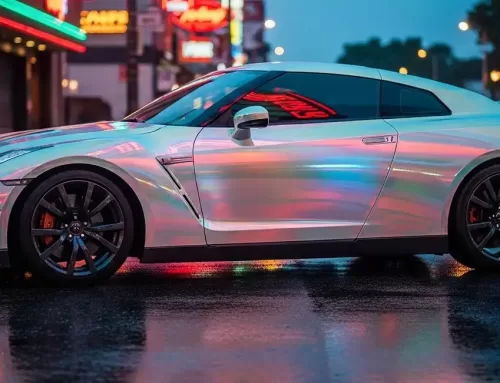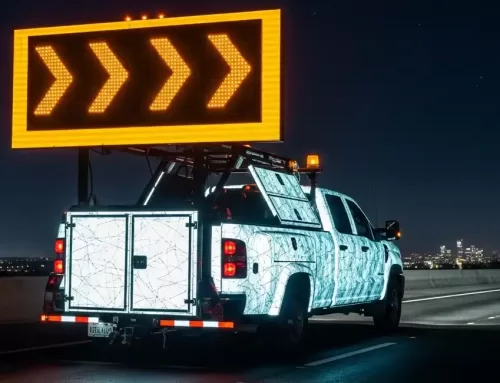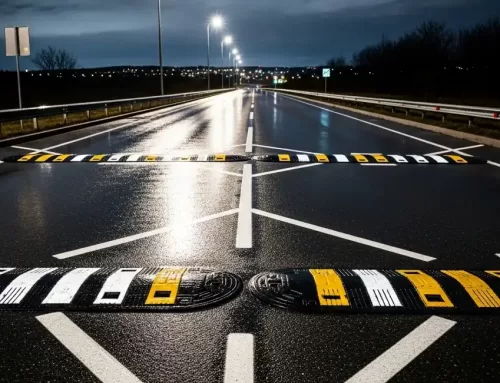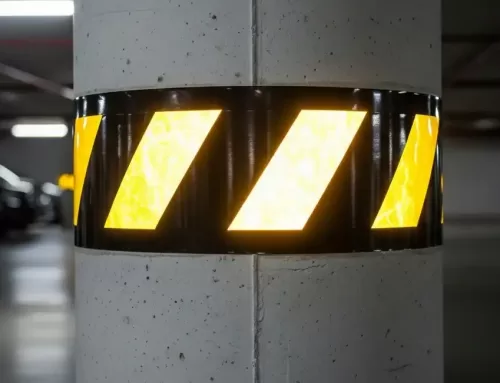How to use reflective vinyl?
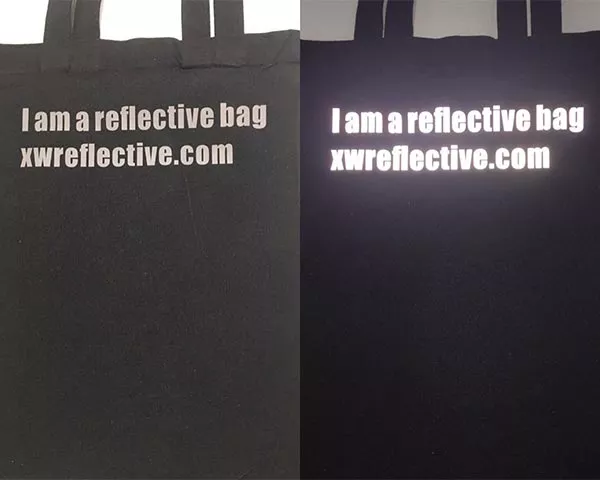
Reflective vinyl can be used in a variety of applications. Its retro-reflective properties are achieved with prism technology or micro glass beads technology, making it conformable and easily imprinted. Learn about its benefits and how to use it for your next project. Here are a few ideas. To get started, purchase some reflective vinyl and get started using it! Just remember, reflective vinyl isn’t self-luminescent! Learn how to use it correctly to reduce accidents and improve safety.
Reflective vinyl is not self-luminescent
Reflective vinyl is not self-luminescence, but it does have properties that can enhance visibility at night. While it is highly visible in daylight, reflective vinyl has non-self-luminescent properties and should not be applied with application fluid, such as dish detergent or RapidTac. This fluid will cause the reflective vinyl to peel off. In addition, the adhesive is not strong enough to withstand wet application and could lead to failure.
When used correctly, reflective vinyl has many benefits. It is commonly used for traffic signs and vehicle markings. It can be used for repair of existing stripes or to create a new look on any vehicle. It should be noted, however, that reflective vinyl does not self-luminescent. Nevertheless, it can be an excellent investment and improve safety. If you want to make your vehicle more visible, reflective vinyl is a must.
Technology to achieve retro-reflectivity
There are two basic types of reflective vinyl – prismatic and retro-reflective. Prism technology is more efficient at reflecting light than Glass Bead Technology, which uses a more complicated process of mixing glass beads with a pigment. These beads are made to reflect light when illuminated, and the resulting film is referred to as a beaded reflective film. Here’s how reflective film works.
The concept of reflective tapes is a decades-old one. Originally, coated glass beads were used to achieve this effect. Prisms are man-made, but they still reflect light well. They work by using sharp angles in a material, and the reflected light bounces back off of them. This method of retro-reflectivity can be applied to almost any type of garment, and it provides an exciting new dimension to apparel decorating.
It is conformable
If you’re looking for reflective material for your signage, you’ve come to the right place. Reflective vinyl is a durable material that conforms to irregular curves. In addition to vehicle applications, reflective vinyl is highly resistant to chemical damage. Read on to learn how to make your signage reflect sunlight and protect your company’s brand. The best way to choose a reflective vinyl for your signage is to read the product’s ASTM D4956 standard.
Reflective vinyl is made up of several layers of plastic that reflect light. It’s not actually lit, but reflects it when the sun isn’t shining. Reflective vinyl comes in a variety of compliance levels, and different grades have different ratings. For instance, some types are made to conform to flat surfaces only, while others are designed for 3D applications. If you’re installing reflective vinyl in a fleet application, make sure to buy a conformable product.
It can be imprinted
If you want to increase your visibility at night, consider getting reflective vinyl for your vehicle or signs. Reflective sheeting is used for road signs and emergency vehicles, but it has also sparked sign makers’ imagination. It is possible to imprint your logo or text on reflective vinyl to create a memorable brand experience. Read on to find out how to apply reflective vinyl to vehicles and signs. Read on to learn more about how reflective vinyl can be imprinted for safety and visibility.
One type of reflective vinyl is prismatic reflective. Its reflective surface reflects light in all directions, even under darkness. The prismatic base gives it a high level of reflectivity, and it is also difficult to cut. But once applied to a smooth surface, reflective vinyl creates a unique design that will catch attention at night. There are two types of reflective vinyl: prismatic and glass bead. Prismatic reflective vinyl has 47,000 prisms per square inch and is highly reflective. This type of vinyl is usually pigmented and made into a shape.
It can be removed
If you have ever wondered how to remove reflective vinyl, you’ve come to the right place. The material is usually a combination of a thin aluminum plate and a reflective decal. It can be tricky to remove without causing too much damage, so you should follow some simple instructions to ensure that the reflective decal comes off without damaging your vehicle. To begin removing the reflective vinyl, start from the bottom corner and gently stretch the material.
Some people use a heat gun with a scraper attachment, but I find that I have more success with a simple solution: 99% rubbing alcohol. This works just as well as the 70%-90% rubbing alcohol. To get rid of all of the remaining gunk, you can use goo gone or an electric tool called the MBX Vinyl Zapper. While this method can be tricky, it can be done!
